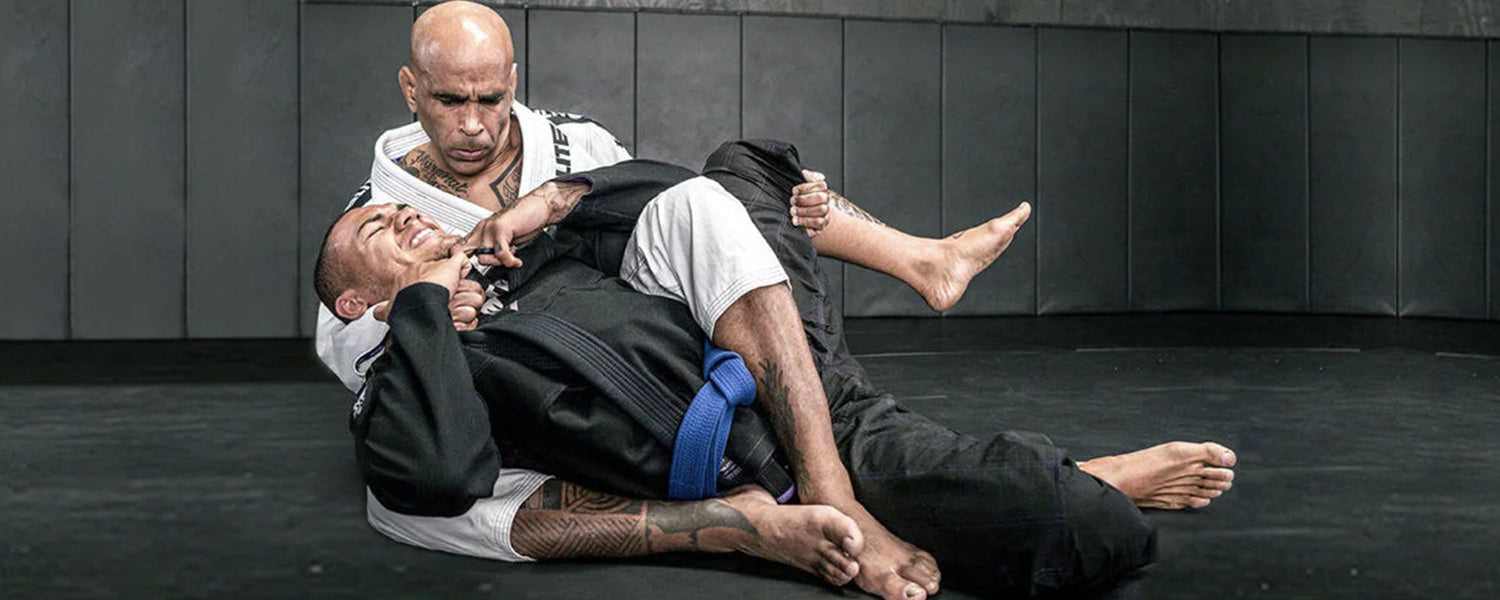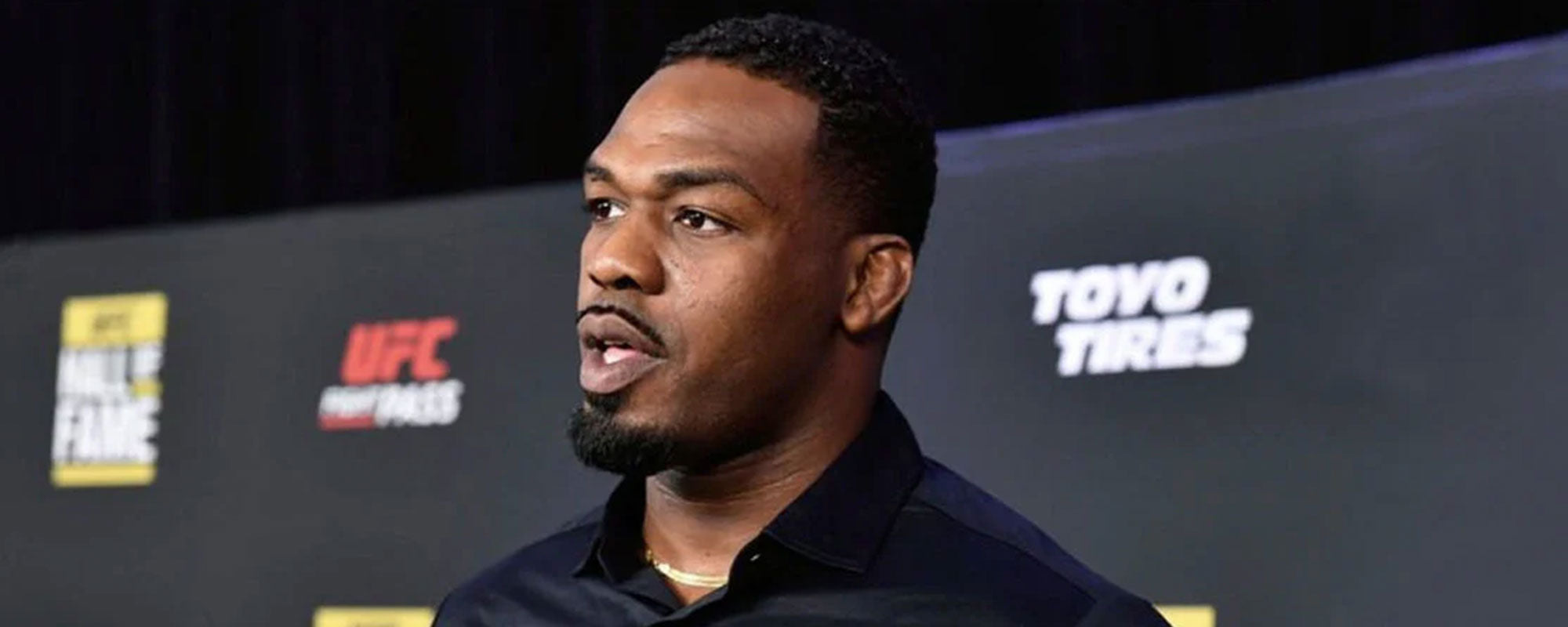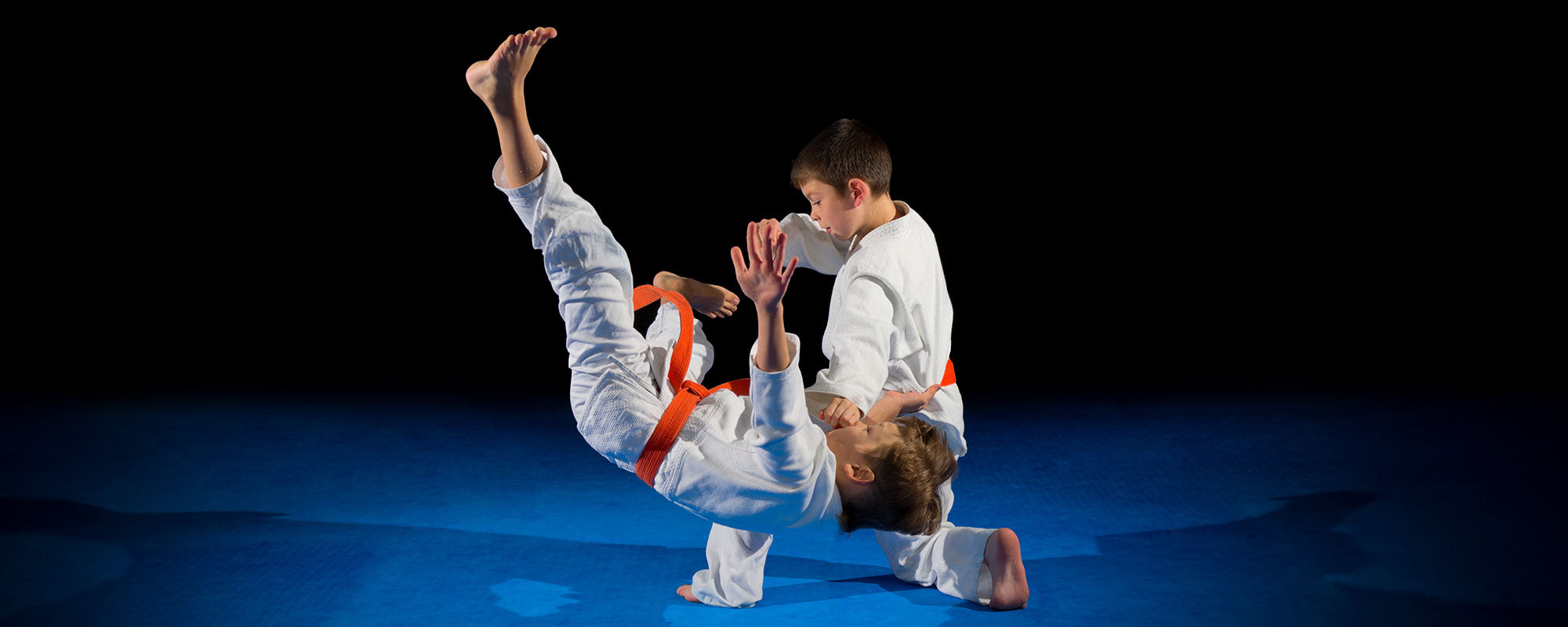Table of content

Brazilian Jiu Jitsu has been presented to the world as a martial art designed for self-defense. Even now, the highest-ranking grandmaster Rickson Gracie reiterates his stance as well as the sport’s philosophy ever since its advent.
As per Rickson, BJJ is dedicated to providing men, women and children with effective self-defense tools to make them feel safe and confident about themselves.
There are several reasons why people would prefer going for BJJ instead of striking martial arts, the most common one being the risk of injuries.
However, while BJJ is literally a ‘gentle art’ that has relatively fewer risks, it’s imperative to understand the goal of training and learning.
That’s because in self-defense, things aren’t going to be gentle and there aren’t going to be rules to defend you from groin shots, brutal pavement takedowns, ground and pound or even submission locks with no referee to stop when you tap.
Setting aside arguments against the effectiveness of grappling martial arts like BJJ in real-life fight scenarios, grappling martial arts undoubtedly cover ground-fighting, which is where half the battle takes place and where most fights end.
While it may not teach you how to punch or kick, it can certainly tell you ways in which you can nullify strikes from the equation in a clinching situation by immobilizing your opponent.
That being said, the most asked question when it comes to BJJ training is whether a person should train with a BJJ Gi or No Gi rash guards in order to perfect their self-defense.
Although we’ve established how realistic Gi or No Gi scenarios are, let’s understand why training in both disciplines.
1. Why Train in Gi and No Gi?
BJJ legend John Danaher has been very vocal about his stance regarding the debate between Gi and No Gi training.
With his systematic breakdown, Danaher highlighted that while training with a Gi, there are three things that are different as compared to a No Gi scenario:
- Friction in between the athletes due to the Gi
- The number as well as the strength of grips one can have on their opponent
- The number as well as the efficiency of strangleholds
From its beginning, Jiu Jitsu has been trained in the Gi, even as it was passed on and improved upon by the Brazilians, the traditional use of Gi persevered.
2. Why Did BJJ Start With Gi?
Why did the Japanese train with a kimono or Gi? Because it imitated the traditional Japanese clothes that people used to wear. Therefore, it was intended to make things seem more realistic in terms of self-defense.
Although the Brazilian context of using a Gi as well as the rivaling Luta Livre style that had practitioners fighting in No Gi situations was based more on the socioeconomic class struggle between the elites (who used Gis) and the working class (who used No Gi rashguards and shorts), the use of the Gi originally was to imitate realistic apparel.
3. Why Do People Train No-Gi?
In the past, BJJ was rivaled by Luta Livre, a form of ground-based combat fighting that focused on submissions, strikes and mostly leg-locks.
While these were some technical differences, the main difference between Luta Livre and BJJ was the use of the BJJ Gi.
Since Luta Livre was practiced by socioeconomically challenged classes, they couldn’t afford the expensive Gis that the upper-class families used.
After competitions like ADCC and other submission-only competitions emerged, this amalgamated fighting style of submission-based grappling took to practicing and competing without a Gi, using rashguards and shorts as the accepted attire.
4. Differences Between Gi and No Gi BJJ
4.1. Friction
As mentioned above, training with a Gi means that you have more material in between you and your opponent.
This means that you have to be smart about your movement and you can’t rely on escaping maneuvers that depend on your slipperiness due to sweat on the body or the mat.
Since the BJJ Gi slows you down and requires more clearance than your immediate skin to escape a difficult position or pass someone’s guard, it’s easy to conclude that Gi training helps with your defense.
In this way, the Gi is very effective in teaching you the importance of posturing up and going for technique rather than strength or speed to get yourself in and out of situations.
In No Gi’s fast-paced environment, you can shrimp or bridge out of chokes or armbars by relying on sweat or slipping techniques since your opponent has only their skin and limbs to trap you in. (Although this isn’t encouraged due to risk of injuries)
This effectively implies that training BJJ with a Gi can improve your defensive game as you realize that you can’t rely on instincts in a fast pace fight.
Your tactical and technical decision-making will be required to outmaneuver your opponent rather than speed, strength or agility.
4.2. Number and Strength of Grips
Training with a Gi can be very easy for your offense because you can finish almost any strangulation attempt regardless of how effective your gripping technique is just because of the sheer abundance of material you can latch on to.
Suppose you’re trying to defend yourself using Spider or De La Riva Guard without a Gi. It’d be a nightmare because you can’t have the grips you need.
Let’s make things easier. Imagine using a sweep without having proper grips. It’s not like No Gi athletes don’t use sweeps, but for people who’re coming from a Gi-only training background, this spells trouble.
This effectively proves that No Gi training can help a student figure out how vastly different their favorite moves are without the grips they rely on.
Immediately, this prompts people to understand the problem with their angle and position.
The significance of posturing up is crucial, not only to increase your technique’s effectiveness but to also ensure that you don’t hurt yourself or your opponent unnecessarily.
In summary, while Gi chokes and submissions are tough to escape from, they’re easy to apply, which means that your offense doesn’t have to be perfect to be good at attacking in a Gi.
Whereas, with No Gi, it’s crucial to note that unless the limbs and grips are placed at the perfect angles and positions, you can’t complete the submission.
That means you must get into the technicalities and figure out what you’re doing wrong in order to be effective.
4.3. Number and Effectiveness of Chokes and Strangles
As explained above, a Gi makes it very easy for you to choke someone out without realizing the importance of having good gripping techniques, positions and angles.
In a No Gi situation, however, this changes drastically as athletes find themselves struggling with their favorite submissions because they aren’t that technically sound without a Gi.
Whereas, for someone escaping a submission in a No Gi scenario, their opponents will have to watch out for them slipping or using momentum to escape.
Since No Gi situations mostly have a lot less friction and, in many competitions, athletes are found drenched in sweat, it’s almost impossible to find submissions with slipping grips.
In a No Gi scenario, imagine finishing an RNC without getting your head right behind your opponent’s. It’s going to be impossible to submit technically sound and experienced athletes without adequate technical knowledge and expertise.
Because with a BJJ Gi, it’s very easy and you don’t have to appreciate the importance of getting in the right position.
All you have to do is get behind them, get two hooks in to grab their lapels with opposing hands from wherever you can, and pull.
There is no denying that gripping is made a lot easier when rolling with a Gi than without it.
This is what Danaher argues the Gi scenario lacks and the No Gi provides in terms of improving your offensive grappling skills.
Whereas, if you’re looking to improve your escape or defensive grappling skills, you need the Gi training.
5. Takeaway
To put it simply and to conclude the debate once and for all, you need to train BJJ with and without a BJJ Gi or kimono.
That’s because self-defense consists of more than a just jacket or no-jacket scenario.
You need to be able to make the most of any and every situation that you encounter.
While Gi BJJ will help you develop a good, technical and defensive game that compels you to watch out for strangles and chokes that your opponent can apply, No Gi BJJ will help you perfect your offensive game and improve your reaction time.
Everything aside, both the disciplines are practiced by all the top athletes, whether they compete in Gi or No Gi scenarios.
And since they’re literally two sides of the same coin, there’d be nothing to lose and everything to gain if you decide to train yourself in both.













Leave a comment
This site is protected by hCaptcha and the hCaptcha Privacy Policy and Terms of Service apply.